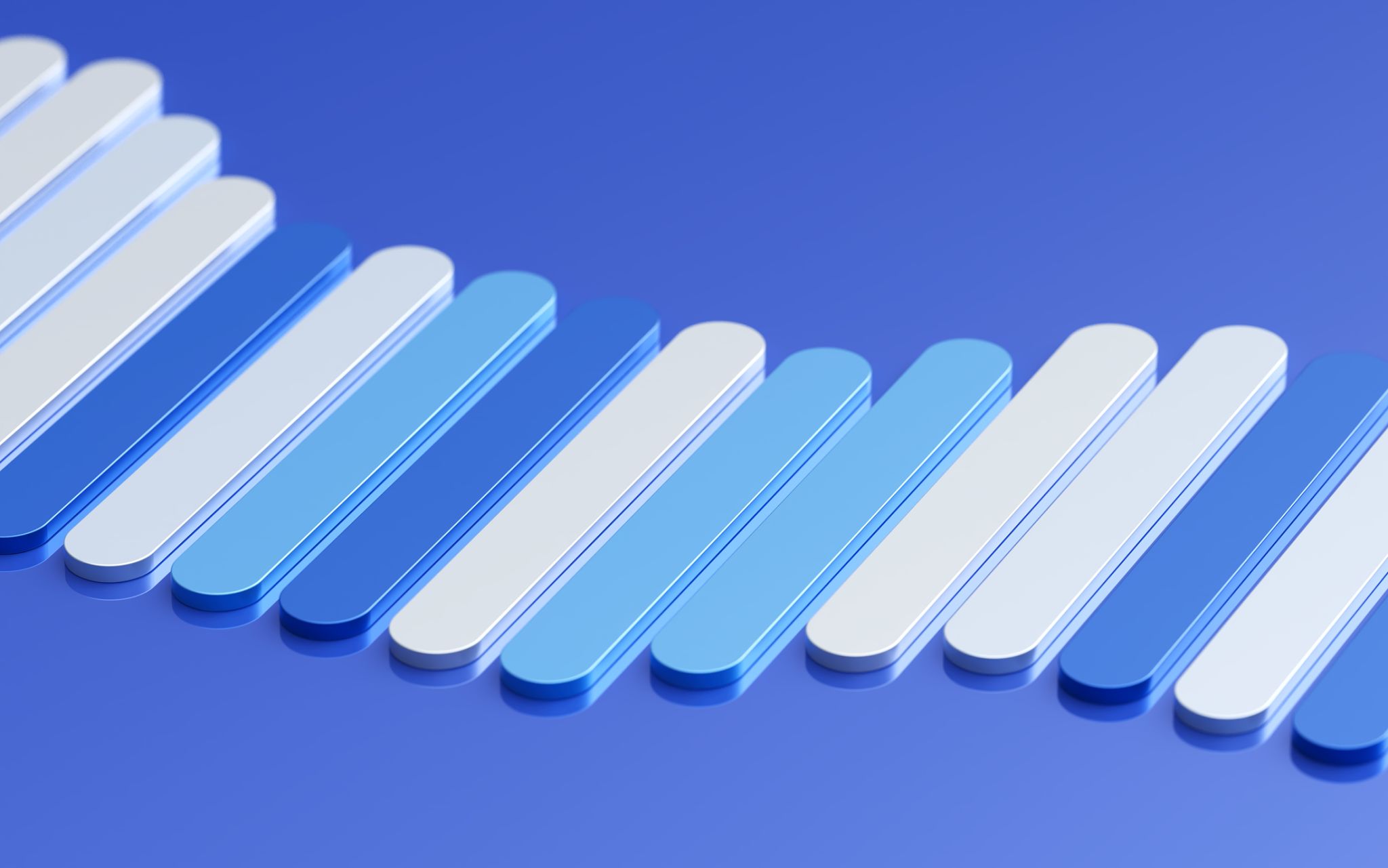Expert Tips: Navigating the 2nd Mortgage Process in Canada
SC
Understanding the Second Mortgage
Navigating the world of second mortgages in Canada can be daunting, but with the right information, it becomes much more manageable. A second mortgage is essentially an additional loan taken against your home, where the original mortgage remains intact. This type of financial product can be a useful tool for homeowners looking to access their home equity for various purposes.
Second mortgages are typically used for major expenses such as home renovations, debt consolidation, or investing in education. They can also be an excellent option for those looking to cover unexpected financial emergencies. Understanding how they work and the potential costs involved is crucial for making informed decisions.

Determining Your Eligibility
To qualify for a second mortgage in Canada, lenders will evaluate several factors. Your credit score is a significant consideration, as it reflects your ability to repay the loan. A higher credit score typically results in better loan terms and interest rates. Additionally, lenders will assess your current home equity and debt-to-income ratio.
Homeowners should ensure they have sufficient equity built up in their property. Lenders usually allow borrowing up to 80% of the home’s appraised value, minus the existing mortgage balance. It's important to note that each lender may have different requirements and terms, so it's wise to shop around for the best deal.

Types of Second Mortgages
There are two primary types of second mortgages available in Canada: Home Equity Loans and Home Equity Lines of Credit (HELOCs). Understanding the differences between these options can help you choose the one that best suits your financial needs.
Home Equity Loans provide a lump sum amount that is repaid over a fixed term with set monthly payments. They usually come with a fixed interest rate, offering predictable payments over time. This type of loan is ideal for those who need a specific amount for a large purchase or project.

Home Equity Lines of Credit (HELOCs)
HELOCs, on the other hand, offer flexibility by allowing homeowners to borrow as needed, up to an approved limit. Interest rates for HELOCs are typically variable, which means payments can fluctuate with market conditions. This option is suitable for ongoing expenses or projects with uncertain costs.
Choosing between a home equity loan and a HELOC depends on your financial situation and goals. It's essential to carefully consider both options' pros and cons before committing to one over the other.
Tips for Managing Your Second Mortgage
Once you've secured a second mortgage, managing it effectively is crucial to maintaining financial stability. Here are some expert tips to help you stay on track:
- Create a budget that includes your second mortgage payments and stick to it.
- Monitor interest rates if you have a variable rate HELOC and be prepared for potential increases.
- Consider making extra payments when possible to reduce your overall debt faster.
- Keep an eye on your home's value, as changes in the market may affect your equity.

Seeking Professional Advice
Lastly, it's always wise to consult with financial experts when considering a second mortgage. Mortgage brokers, financial advisors, and real estate professionals can provide valuable insights and help you navigate the complexities of the Canadian mortgage landscape.
By understanding the second mortgage process and taking advantage of expert advice, you can make informed decisions that align with your financial goals. Whether it's funding home improvements or managing unexpected expenses, a second mortgage can be a powerful tool when used wisely.
